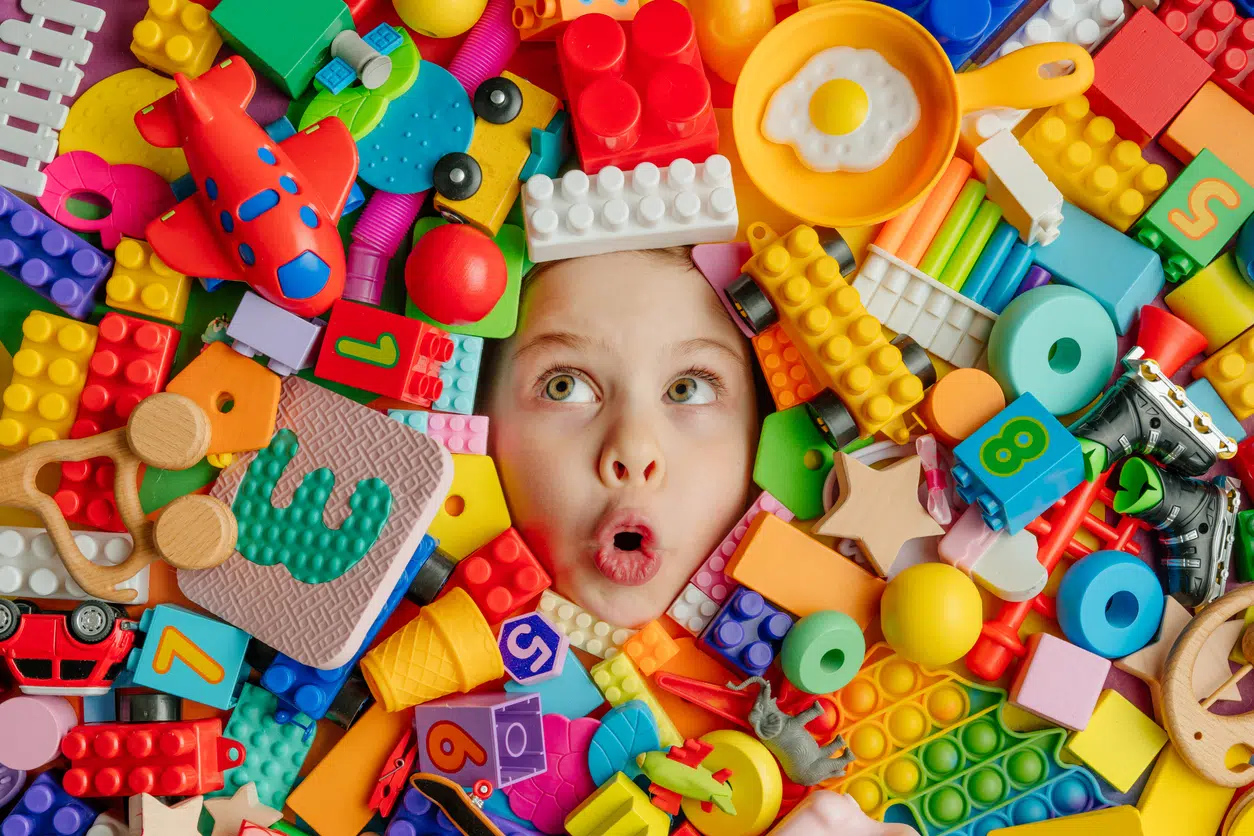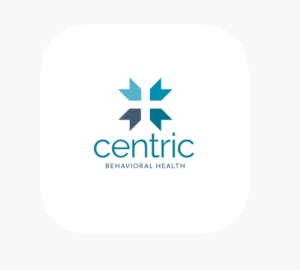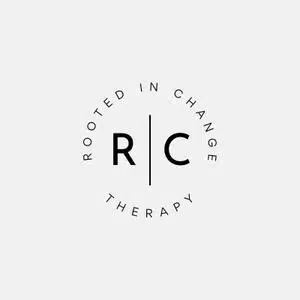Disorganized attachment in children is considered the most problematic and concerning of the attachment styles. It emerges when a child experiences their caregiver as simultaneously a source of comfort and a source of fear or alarm. This paradoxical situation leaves the child without a coherent strategy for eliciting and maintaining proximity to the caregiver when distressed.
What Causes Disorganized Attachment in Children
Various factors can cause disorganized attachment in children, including:
Childhood Trauma and Abuse
Disorganized attachment is most commonly associated with childhood trauma, abuse, and neglect. When a child’s primary caregiver is the source of fear, harm, and unpredictability, rather than a source of safety and comfort, the child is left without a functional strategy for regulating their distress and seeking protection. The child’s attachment behaviors become dysregulated and contradictory as they try to reconcile their need for the abusive caregiver.
Inconsistent or Frightening Parental Behavior
Even in the absence of outright abuse, children can develop disorganized attachment when their caregivers exhibit inconsistent OR frightening behavior. For example, a caregiver can sometimes be loving and comforting, and at other times withdrawn, angry, or dissociated. Such a scenario can create an environment of uncertainty and unpredictability for the child. As a result, the child will be unable to develop a stable internal working model of the caregiver as a reliable source of protection.
Unresolved Loss or Trauma in the Parent
Disorganized attachment can also arise when the child’s caregiver is struggling with unresolved trauma or loss. A parent who has experienced events like the death of a loved one, domestic violence, or other forms of abuse may unconsciously transmit their own fear, dissociation, or contradictory behaviors to the child. This can leave the child without a stable, coherent attachment figure to turn to for comfort and security.
Characteristics of Disorganized Attachment in Children
Here is how to tell if a child has a disorganized attachment:
Lack of Coherent Attachment Strategy
The defining feature of disorganized attachment is the child’s lack of a unified, predictable strategy for eliciting comfort and protection from their caregiver. Rather than consistently approaching the caregiver for soothing or avoiding the caregiver when distressed, children with disorganized attachment exhibit a chaotic, contradictory set of behaviors. This lack of a coherent attachment strategy leaves the child disoriented and without reliable means of regulating their emotions and distress.
Contradictory and Confusing Behaviors
Children with disorganized attachment may display a range of contradictory and confusing behaviors when interacting with their caregiver. They may simultaneously seek proximity to the caregiver and then recoil or freeze in the caregiver’s presence. They may exhibit rapid, inexplicable shifts between approach and avoidance, or display a stereotyped, robot-like quality to their movements. These behaviors reflect the child’s internal experience of being trapped in an irresolvable approach-avoidance conflict.
Dissociation and Freezing Responses
As a means of coping with fear and disorientation, children with disorganized attachment often exhibit dissociative responses, such as glazed, trance-like expressions or sudden, unexplained lapses in awareness. They may also display freezing behaviors like becoming immobilized and unresponsive when distressed. The dissociative and freezing responses are the child’s attempt to defensively withdraw from a frightening or overwhelming relational situation.
Difficulty Regulating Emotions
The lack of a coherent attachment strategy and the experiences of fear and disorientation characterized by disorganized attachment impacts the child’s capacity for emotional regulation. Children with this attachment style often exhibit increased emotional reactivity, difficulty soothing themselves when distressed, and an inability to reliably modulate their affective states. This dysregulation can manifest in outbursts, emotional lability, and other behavioral challenges.
Impacts of Disorganized Attachment in Children
Now that we know the characteristics of disorganized attachment, let’s look at how it impacts a child’s life.
Challenges Forming Healthy Relationships
The disruptions in the attachment relationship that lead to disorganized attachment have far-reaching implications for the individual’s capacity to form healthy relationships. Individuals with disorganized attachment often struggle to trust others, regulate their emotions in interpersonal contexts, and develop mutually fulfilling connections. They may vacillate between intense neediness and avoidance, or engage in chaotic, unstable relationship patterns.
Increased Risk of Mental Health Issues
People with disorganized attachment are at a higher risk of developing various mental health problems, including depression, anxiety, post-traumatic stress disorder, dissociative disorders, and personality disorders. The early disruption in the attachment relationship and the resulting difficulties with emotional regulation make these children prone to psychological difficulties later in life. Individuals with disorganized attachment may also be more vulnerable to substance abuse and other maladaptive coping mechanisms.
Difficulties with Emotional Regulation
The hallmark of disorganized attachment is the child’s inability to develop a consistent, organized strategy for regulating their emotions and behaviors. This dysregulation can persist into adulthood and manifest in a variety of challenges, such as emotional lability, impulsivity, aggressive outbursts, and dissociative experiences. If not treated, individuals with disorganized attachment struggle to internalize healthy, adaptive ways of coping with distress when they become adults.
Disorganized Attachment in Children – Intervention and Treatment
Like other mental issues, identifying the best way to address disorganized attachment is key to achieving general wellness. Here are approaches to help in this endeavor.
Identifying and Addressing Disorganized Attachment
The first step in addressing disorganized attachment is to identify its presence, which often requires the expertise of mental health professionals trained in attachment theory and assessment. This may involve observing parent-child interactions, conducting attachment-focused interviews, and using standardized measures to evaluate the quality of the attachment relationship. Once disorganized attachment is recognized, the focus turns to understanding the specific origins and dynamics underlying the child’s attachment difficulties.
Attachment-Focused Therapies
A range of therapeutic approaches can help address disorganized attachment (most emphasize strengthening the parent-child relationship). Examples include Interaction Guidance, Child-Parent Psychotherapy, and Attachment and Biobehavioral Catch-up. Typically, these therapies involve techniques such as video feedback, co-regulation exercises, and trauma-informed interventions to help parents develop more attuned, responsive, and predictable caregiving behaviors.
Developing Secure Attachment Relationships
In addition to therapeutic interventions, cultivating secure attachment relationships (whether with parents, other caregivers, or supportive adults) is essential for individuals with disorganized attachment. This may involve engaging in mentorship programs, supporting kinship care arrangements, or facilitating access to respite care and community resources.















